10+ Years Experience
Specialist Horse Menages

Enquire Today For A Free No Obligation Quote
Horse menages are a vital part of equestrian facilities, providing a safe and comfortable riding surface for both horse and rider.
In recent years, the use of geotextile membranes has revolutionised the way these arenas are constructed and maintained, offering numerous benefits in terms of drainage, stability, and longevity.
In this blog post, we will explore the essential role of geotextile membranes in horse menages, the different types available, and the key considerations for installation and maintenance, while answering the question: why do you need to install a geotextile membrane in a horse menage?
Geotextile membranes have become an indispensable part of modern horse arena construction, providing essential functions such as:
These membranes offer stabilisation, filtration, separation, and weed suppression capabilities, making them a necessary component in French drains and soakaway systems.
Installation of geotextile membranes includes precautions such as maintaining the thickness of the drainage layer between 350 and 400mm, in addition to ensuring at least 30cm overlap between adjacent pieces for a secure base.
This not only provides a solid foundation for the arena, but also prevents damage to the membrane during surface installation, ensuring the longevity and effectiveness of the horse menage.
Maintaining a safe and functional horse menage depends significantly on effective drainage and water management, as standing water can create slippery and unstable surfaces, which can potentially injure both horse and rider.
Geotextile membranes play a critical role in facilitating efficient water drainage and filtration through drainage pipes, preventing standing water, and ensuring a safe riding surface.
The most commonly employed method of good drainage for arena footing is the Herringbone Pattern, which effectively directs water away from the riding surface.
The positioning of the arena for optimal drainage should take into account the method of water discharge. Options for discharge could include a ditch, soak-away or pond.
Additionally, consulting local authorities to ensure that the discharge into nearby watercourses is allowed can prevent potential legal issues and ensure your horse menage remains in compliance with regulations.
Geotextile membranes facilitate separation and stabilisation between the various layers of materials in a horse menage, thus averting the mixing of materials and maintaining a stable surface.
The non-woven geotextile membrane serves to separate the riding surface from the drainage system, thereby facilitating water drainage and filtration.
Furthermore, placing a non-woven geotextile membrane directly beneath the riding surface of a horse menage aids in water drainage and filtration through the other base layers.
For an optimal riding arena experience, the Non-Woven Geotextile (NW8) is the recommended option for the upper membrane.
There are two main types of geotextile membranes used in horse menages: woven and non-woven.
Woven membranes are typically black and impermeable to water, whereas non-woven membranes are usually white and permeable to water.
The minimum GSM (grams per square meter) necessary for a horse arena is 300, with the requirement varying depending on the intended use of the arena.
Comprehending the differences between these two types of membranes aids in selecting the appropriate membrane tailored to the specific needs of your horse menage.
Both woven and non-woven geotextile membranes offer unique benefits and functions in horse menages.
Woven membranes provide strength and support to the arena structure, while non-woven membranes allow for water drainage and filtration, preventing standing water and maintaining a safe riding surface.
Subsequent sections will detail the specific functions and applications of woven and non-woven geotextile membranes in horse menages.
Woven geotextile membranes serve to stabilise and separate layers, providing strength and support to the arena structure. These membranes possess the following capabilities:
They can be classified by weight. When installing woven geotextile membranes, it is crucial to ensure that any junctions or seams are secured with a durable fabric tape to prevent damage and ensure the membrane’s effectiveness.
Woven membranes are primarily used in the base and sub-base layers of horse menages, offering stability and drainage while preventing the mixing of materials in the different layers.
This separation not only maintains the integrity of the arena’s structure but also ensures the longevity and effectiveness of the geotextile membrane.
Non-woven geotextile membranes play a crucial role in facilitating water drainage and filtration in horse menages, ensuring a safe and comfortable riding surface.
Non-woven membranes are typically placed directly beneath the riding surface, separating it from the drainage system and allowing water to pass through while preventing the mixing of materials in the different layers.
This not only maintains a stable riding surface but also helps to prevent standing water and potential damage to the membrane.
Woven geotextile membranes are impermeable to water and typically black in colour, while non-woven geotextile membranes are permeable and usually white.

When installing geotextile membranes in a horse menage, it is essential to consider factors such as:
Choosing the appropriate horse arena membranes for the arena’s specific requirements ensures the longevity and stability of the horse menage.
Additionally, proper installation techniques are crucial for guaranteeing the effectiveness and durability of the geotextile membranes.
This section will outline the key considerations for selecting the suitable membrane and implementing correct installation techniques.
With careful consideration of these factors and accurate installation of geotextile membranes, horse arena owners can enjoy a long-lasting, stable, well-drained, and comfortable riding surface.
Subsequent sections will delve into specific considerations for membrane selection and appropriate installation techniques.
Selecting the appropriate geotextile membrane for your horse menage is crucial for ensuring the durability and effectiveness of the membrane, as well as the overall stability and performance of the arena.
Factors to consider when selecting a membrane include drainage requirements, weight, and intended use.
Familiarising yourself with the differences between woven and non-woven membranes, as discussed in section 2, can help guide your decision-making process.
Considering these factors and choosing the suitable membrane can ensure a long-lasting and stable horse menage, yielding a safe and comfortable riding surface for both horse and rider.
Proper installation techniques are crucial for ensuring the effectiveness and longevity of geotextile membranes in a horse menage. To ensure optimal performance, it is recommended to:
By following these installation techniques, you can ensure the effectiveness and longevity of the geotextile membranes in your horse menage.
Horse arena owners, by adhering to these installation techniques, can enhance the effectiveness and durability of their geotextile membranes, extending the life of the horse menage and maintaining a safe and comfortable riding surface.
This section will discuss the role of geotextile membranes in the base, sub-base, and top layers of a horse menage, along with the different materials used in each layer.
Understanding the composition and function of each layer is crucial for ensuring the stability and longevity of the horse menage, as well as the safety and comfort of the riding surface.
By employing the appropriate layering and material options in conjunction with geotextile membranes, horse arena owners can optimise the performance of their menages and ensure the best possible riding experience for both horse and rider.
Subsequent subsections will delve into the specifics of each layer, exploring the materials used and the role of geotextile membranes in the base, sub-base, and top layers of horse menages.
The base layer of a finished arena, specifically a horse menage, serves to provide a firm and stable foundation for the riding surface, assisting with water drainage, filtration, and shock absorption to ensure an even and comfortable surface for the horses to ride on.
The base layer is typically constructed with clay or compacted soil, providing a solid foundation for the arena structure.
The use of a geotextile membrane between the base and riding surface is essential, as it serves as a separator between the layers, preventing the intermixing of distinct aggregates.
Incorporating a base layer in horse menages can provide a secure and pleasant riding surface, in addition to enhanced drainage and filtration, ensuring the longevity and effectiveness of the horse menage.
The sub-base layer is used to hold water when there is a lot of rain.
This prevents the area from becoming waterlogged and ensures that the drainage system is not overwhelmed. The most typical materials employed for the sub-base layer in a horse menage are:
The sub-base material should be levelled using an excavator and laser level, and compacted in layers with a vibrating roller, ensuring an accurate and stable foundation.
A woven geotextile membrane is used to:
The top layer in horse menages serves to provide a stable and comfortable riding surface for horses, accommodating various types of footing materials such as silica sand, bark, or rubber chippings.
A non-woven geotextile membrane is used to separate the top layer from the sub-base layer, allowing for water drainage and filtration.
Preventing sand migration and erosion is crucial for maintaining a safe and stable riding surface, and geotextile membranes play a key role in this process.
By installing the appropriate geotextile membrane and ensuring proper maintenance, horse arena owners can prevent sand migration and erosion, thereby prolonging the life of their horse menages and providing a safe and comfortable riding experience for both horse and rider.
Regular inspection, repair, and maintenance of geotextile membranes are essential for preserving the stability, drainage effectiveness, and longevity of horse menages.
Proper maintenance practices not only prevent potential damage to the membrane but also ensure the continued safety and comfort of the riding surface for both horse and rider.
This section will address the significance of regular inspection, repair, and prevention of sand migration and erosion in preserving the effectiveness and longevity of horse menages with geotextile membranes.
By adhering to proper maintenance practices and ensuring the correct installation of geotextile membranes, horse arena owners can enjoy the benefits of:
Regular inspection and repair for horse menages with geotextile membranes help to prevent issues, maintain stability, ensure effective drainage, and extend the life of the membrane. Inspections and repairs should include:
By conducting these inspections and repairs, you can ensure the longevity and functionality of your horse menage.
Regular inspections and repairs, typically every 6-12 months, can confirm optimal performance of the geotextile membrane and aid in its service life extension.
By maintaining a proactive approach to inspection and repair, horse arena owners can prevent potential damage and ensure the safe and comfortable riding experience for both horse and rider.
Preventing sand migration and erosion is vital to preserve a stable riding surface, thereby mitigating potential injuries for horses and riders.
To mitigate sand migration and erosion in horse menages with geotextile membranes, the following steps should be taken:
By implementing these best practices and utilising geotextile membranes as a barrier to inhibit sand migration and erosion, horse arena owners can maintain a stable and secure riding surface for horses and riders while also prolonging the life of their horse menage.
In conclusion, geotextile membranes play an essential role in the construction and maintenance of horse menages, providing numerous benefits in terms of drainage, stability, and longevity.
By understanding the differences between woven and non-woven membranes, selecting the appropriate membrane for the specific needs of the arena, and employing proper installation and maintenance techniques, horse arena owners can ensure the continued safety and comfort of their riding surfaces.
With the right knowledge and practices in place, horse menages with geotextile membranes can provide a stable, well-drained, and enjoyable riding experience for both horse and rider for years to come.
Geotextile membrane is a sheet of fabric used for separation and reinforcement purposes in drainage projects, ground engineering applications, soil stabilisation and erosion control.
It can also be used as a filtration mechanism to prevent debris from entering the drainage system and blocking it up.
For an equestrian arena, the best membrane is 300GSM or higher, as it can withstand heavy traffic better.
200GSM should be used for a light-use riding area and 500GSM for a permanent, heavily-used arena.
TERRAM Geocells are designed to allow water to pass through their walls due to their permeable nonwoven geotextile fabric, preventing soil, silt and sandy particles from passing through.
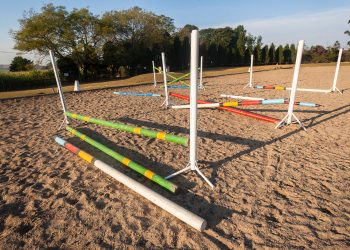
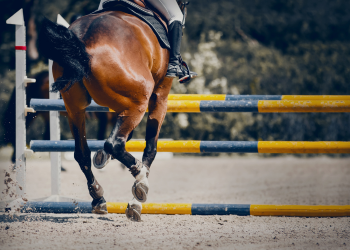
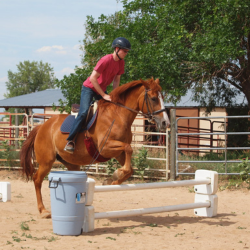
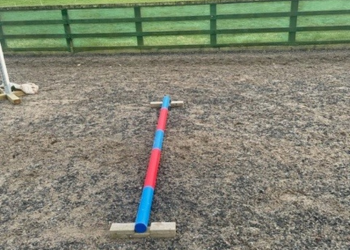
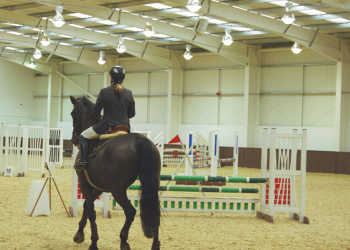

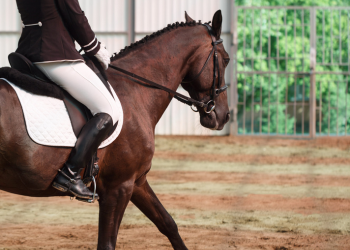


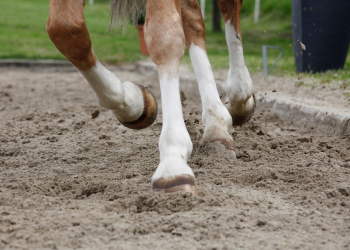
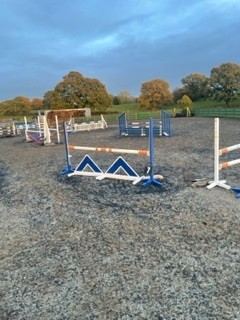
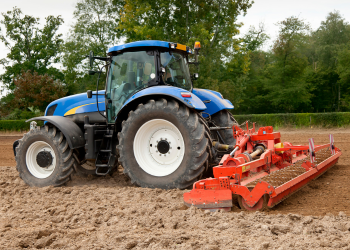

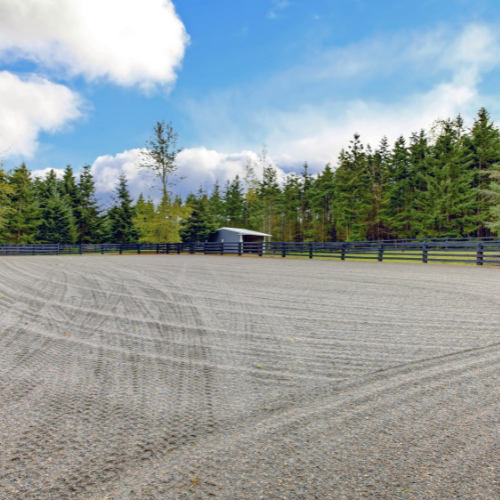

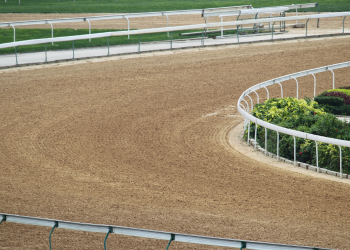

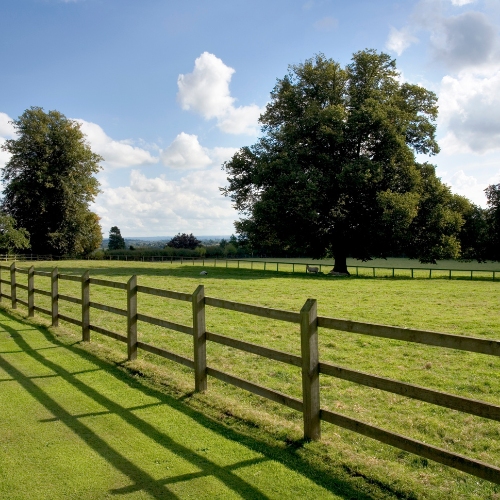
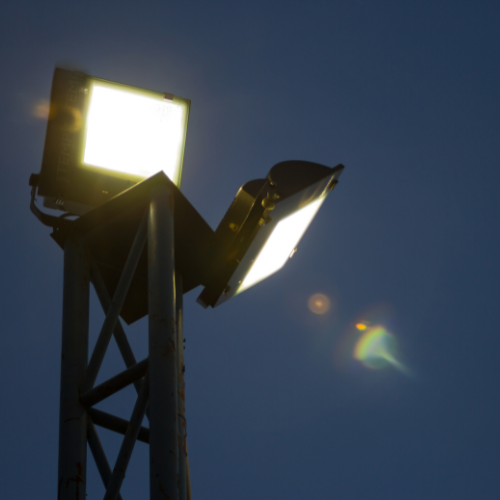
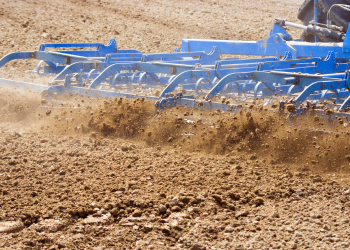
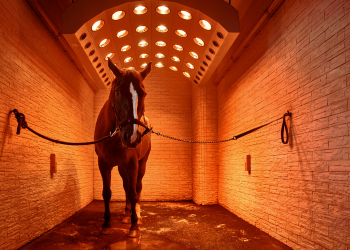

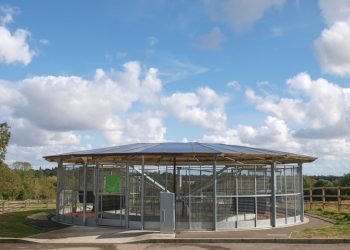
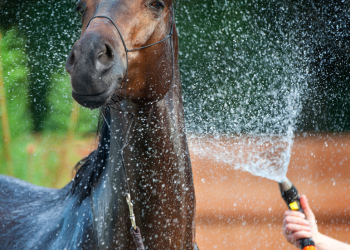
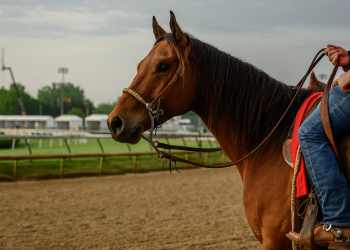
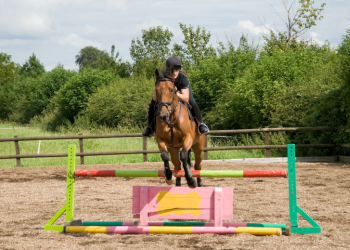
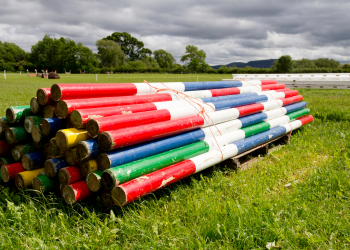

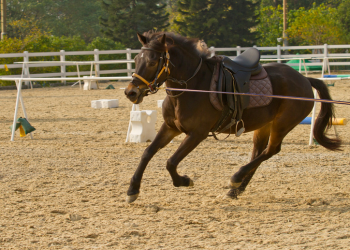
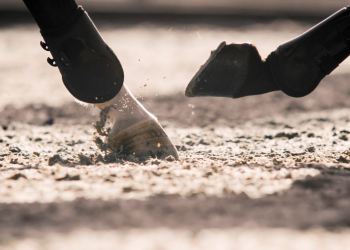
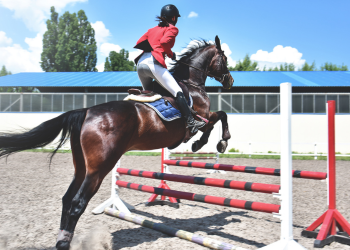
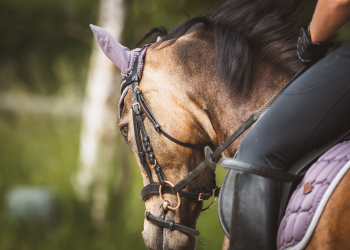
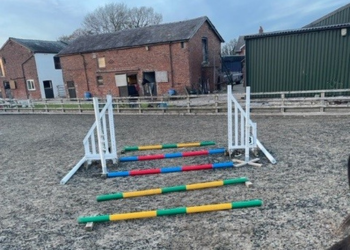
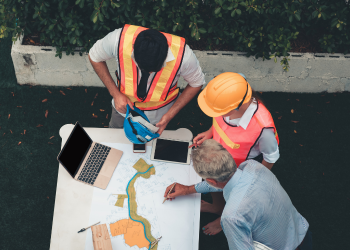
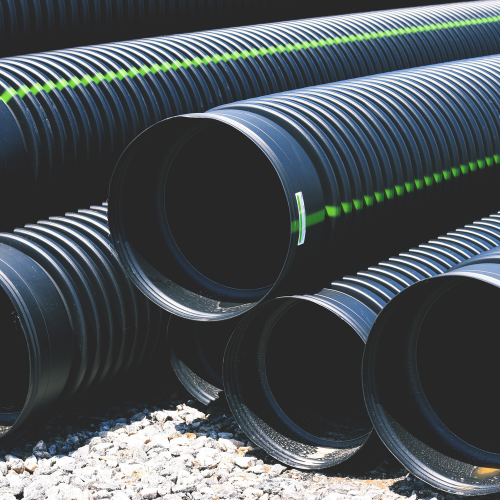
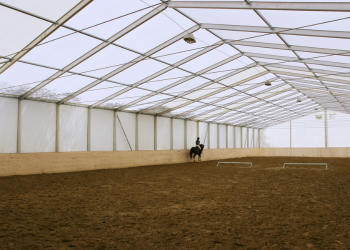
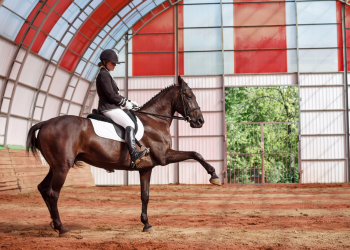
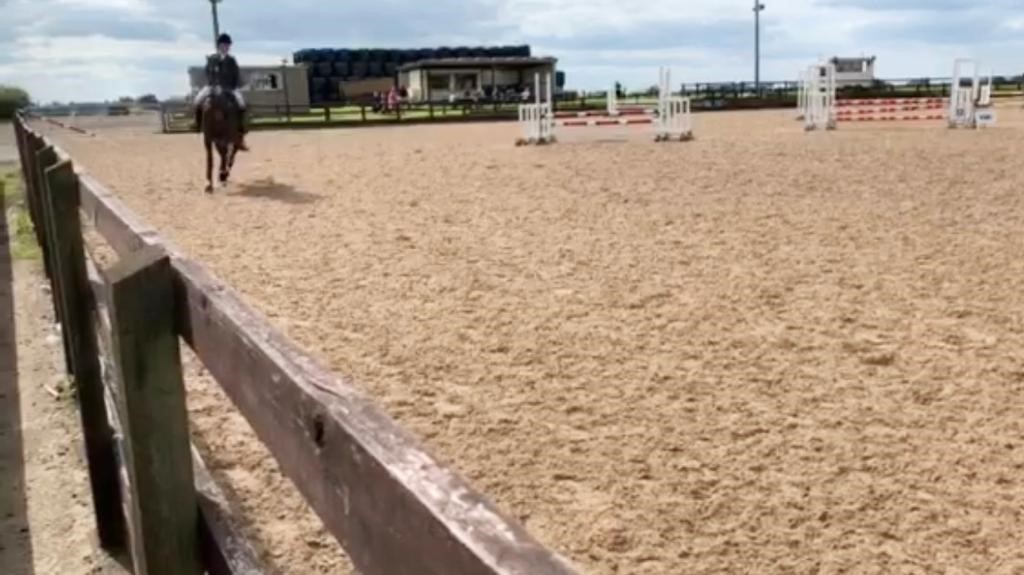

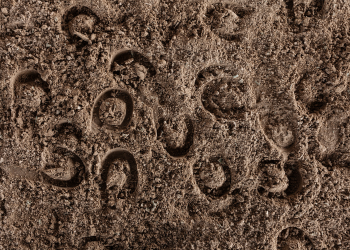

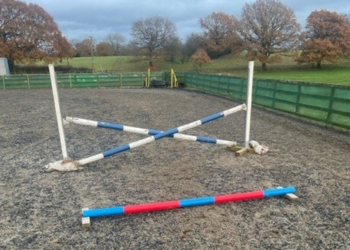

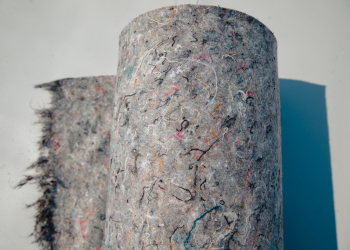
We Aim To Reply To All Enquiries With-in 24-Hours